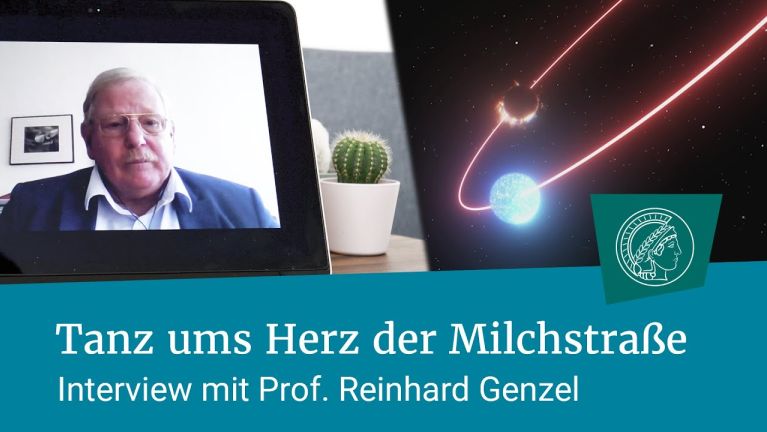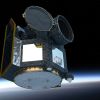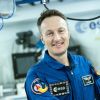Gazing into new spheres
Nobel laureate Reinhard Genzel on black holes, fascinating astrophysics and his research work in Germany and the USA.

Black holes are among the greatest mysteries of the universe; their gravitational attraction is so great that they can devour entire stars. The best evidence to date of a black hole at the centre of our Milky Way was provided by Reinhard Genzel, Nobel Prize winner for physics in 2020 and director of the Max Planck Institute for Extraterrestrial Physics.
Professor Genzel, what is it that fascinates you about black holes?
It's been a long, hard road detecting something as hard to understand as black holes. In 1980, as a young postdoc at the University of Berkeley, I joined a research group run by Charles Townes, Nobel laureate in Physics in 1964. With him I experienced important advances in infra-red astronomy. It's not possible to look into the Milky Way in the optical range, but by combining telescopic power with infra-red cameras, my team and I finally managed to detect the black hole at the centre of our galaxy. I'm fascinated by the long journey from Albert Einstein's theoretical reflections all the way to our observation of a black hole with the gigantic mass of about 4.3 million suns.
Dieses YouTube-Video kann in einem neuen Tab abgespielt werden
YouTube öffnenThird party content
We use YouTube to embed content that may collect data about your activity. Please review the details and accept the service to see this content.
Open consent formWhat do you appreciate about scientific work in Germany?
The Max Planck Society trusts its scientists and supports them even in very long-term and cost-intensive research projects. Financial support for basic research in Germany is currently first-class. Germany also benefits from its integration into the major European networks of the European Space Agency ESA and the European Southern Observatory ESO. In this way, we can achieve something together that would be impossible for each individual country.
We hope to be able to see as far as the first objects that formed after the Big Bang.
You are currently working with the ESO on developing a gigantic telescope with a diameter of 39 metres. What aims are you pursuing in this?
As astrophysicists, we enjoy the luxury of being able to travel through time by looking at the universe. With the new telescope, we're increasing light-gathering power by a factor of 25 compared to previous telescopes and hope to be able to see as far as the first objects that formed after the Big Bang. The new telescope is also valuable for observing planets outside our solar system. Perhaps this will one day enable us to find a planet with conditions that can support life.
You would like to receive regular information about Germany? Subscribe here:



